The 96th Regiment of Foot was a British Army regiment, raised in 1798. Under the Childers reforms it amalgamated with the 63rd Regiment of Foot to form the Manchester Regiment.
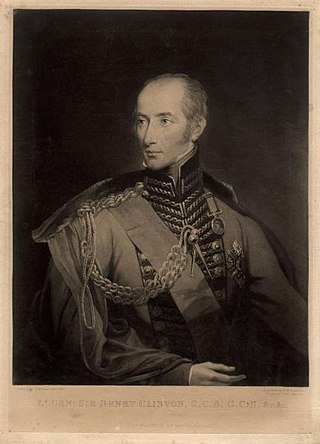
Lieutenant-General Sir Henry Clinton was a British Army officer and a general officer during the Napoleonic Wars.

Gerard Lake, 1st Viscount Lake was a British general. He commanded British forces during the Irish Rebellion of 1798 and later served as Commander-in-Chief of the military in British India.
The 47th (Lancashire) Regiment of Foot was an infantry regiment of the British Army, raised in Scotland in 1741. It served in North America during the Seven Years' War and American Revolutionary War and also fought during the Napoleonic Wars and the Crimean War. Under the Childers Reforms it amalgamated with the 81st Regiment of Foot to form the Loyal Regiment in 1881.
Lieutenant-General Sir Thomas Sydney Beckwith was an English officer of the British Army who served as quartermaster general of the British forces in Canada during the War of 1812, and a commander-in-chief of the Bombay Army during the British Raj. He is most notable for his distinguished service during the Peninsular War and for his contributions to the development and command of the 95th Rifles.
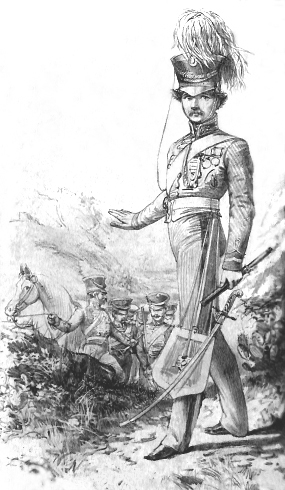
Lieutenant Colonel Thomas Bunbury was an officer in the British Army during the early Victorian period. He was commandant of the convict settlement at Norfolk Island for a period in 1839. He later served in New Zealand and British India.

The 29th (Worcestershire) Regiment of Foot was an infantry regiment of the British Army, raised in 1694. Under the Childers Reforms it amalgamated with the 36th (Herefordshire) Regiment of Foot to become the 1st Battalion, the Worcestershire Regiment in 1881.

The 50th Regiment of Foot was an infantry regiment of the British Army, raised in 1755. Under the Childers Reforms it amalgamated with the 97th Regiment of Foot to form the Queen's Own Royal West Kent Regiment in 1881.

General Sir George Augustus Wetherall, was a senior British Army officer.
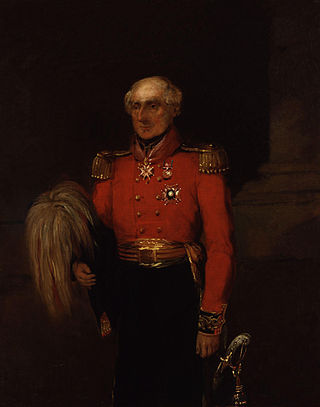
Lieutenant-General Sir Colin Campbell was a British Army officer and colonial governor.
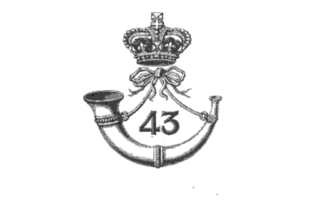
The 43rd (Monmouthshire) Regiment of Foot was an infantry regiment of the British Army, raised in 1741. Under the Childers Reforms it amalgamated with the 52nd (Oxfordshire) Regiment of Foot to form the 1st and 2nd battalions of the Oxfordshire Light Infantry in 1881. The regiment went on to become the Oxfordshire and Buckinghamshire Light Infantry in 1908.
The 51st Regiment of Foot was a British Army line infantry regiment, raised in 1755. Under the Childers Reforms it amalgamated with the 105th Regiment of Foot to form the King's Own Yorkshire Light Infantry in 1881.
The 85th Regiment of Foot was a British Army line infantry regiment, raised in 1793. Under the Childers Reforms it amalgamated with the 53rd (Shropshire) Regiment of Foot to form the King's Shropshire Light Infantry in 1881.

General Sir Brent Spencer was an Anglo-Irish officer in the British Army, seeing active service during the American Revolutionary War and the French Revolutionary Wars. During the Peninsular War he became General Wellesley's second-in-command on two occasions. He fought at Vimeiro and testified in Wellesley's favour at the inquiry following the Convention of Cintra. He led a division at Bussaco and two divisions at Fuentes de Onoro. After the latter action, he had an independent command in northern Portugal. Wellesley, now Lord Wellington, was not satisfied that Spencer was up to the responsibilities of second-in-command and he was replaced by Thomas Graham. Miffed, Spencer left Portugal and never returned. He became a full general in 1825.
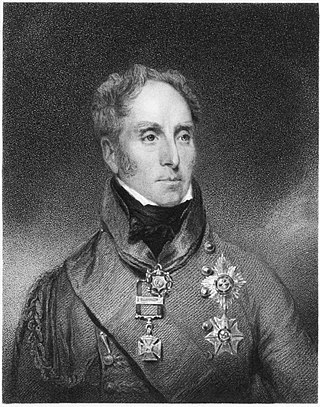
Lieutenant-General Sir James Leith was a Scottish soldier who served in the British Army, commanding the 5th Division in the Duke of Wellington's Anglo-Portuguese Army at several critical battles during the Peninsular War between 1810 and 1813.
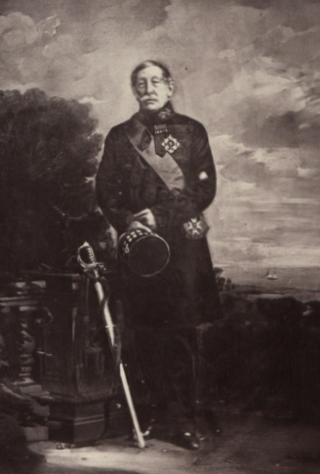
Field Marshal Sir Alexander George Woodford, GCB, KCMG, was a British Army officer. After taking part in the Anglo-Russian invasion of Holland, he served in most of the battles of the Napoleonic Wars. During the Hundred Days he commanded the 2nd battalion of the Coldstream Guards at the Battle of Quatre Bras, the Battle of Waterloo and the storming of Cambrai. He went on to become lieutenant governor and brigade commander at Malta, lieutenant governor and brigade commander at Corfu and then commander of the British garrison on the Ionian Islands before being appointed Governor and Commander-in-Chief of Gibraltar.
Lieutenant-General Sir Alexander Campbell, 1st Baronet, was a senior officer of the British Army during the early nineteenth century. His long and varied career saw extensive action, including engagements in Europe during the American Revolutionary War, in India during the Fourth Anglo-Mysore War and subsequently in the Peninsular War as one of the Duke of Wellington's generals. Badly wounded during the Peninsular campaign, Campbell was rewarded with a knighthood and a baronetcy, later holding a number of prestigious military commands.
General Sir William Houston, 1st BaronetKC was a British Army officer and Governor of Gibraltar. Houston joined the army in 1781, and by the start of the French Revolutionary War was a captain. He fought in the Flanders campaign before being promoted to major in 1794. As a lieutenant-colonel he fought at the Capture of Minorca and at the sieges of Alexandria and Cairo. Promoted to colonel in 1802, Houston fought in the Walcheren Expedition of 1809 before being promoted to major-general.

General Sir George Townshend Walker, 1st Baronet, GCB ComTE was a British Army officer. He joined the army in 1782, but after his first two regiments were quickly disbanded, he joined the 36th Regiment of Foot stationed in India in 1784. He returned to England in 1787 suffering from an illness, and became aide de camp to General Thomas Bruce in Ireland. After being promoted to captain lieutenant, Walker studied German and tactics in Germany until he was promoted to captain in the 60th Regiment of Foot in 1791. When the French Revolutionary War began in 1793, he took a force of volunteers to reinforce the Flanders Campaign, where he fought at the Battle of Tournay. He was appointed Inspector of Foreign Corps while serving on the continent, and as such helped form Roll's Regiment for British service. He took them to England in 1796, and having been promoted to major he went to serve in Portugal in 1797. Here Walker again served as an aide de camp, to at first Major-General Simon Fraser and then the Prince of Waldeck.
General Sir George William Paty, was a senior British Army officer.











